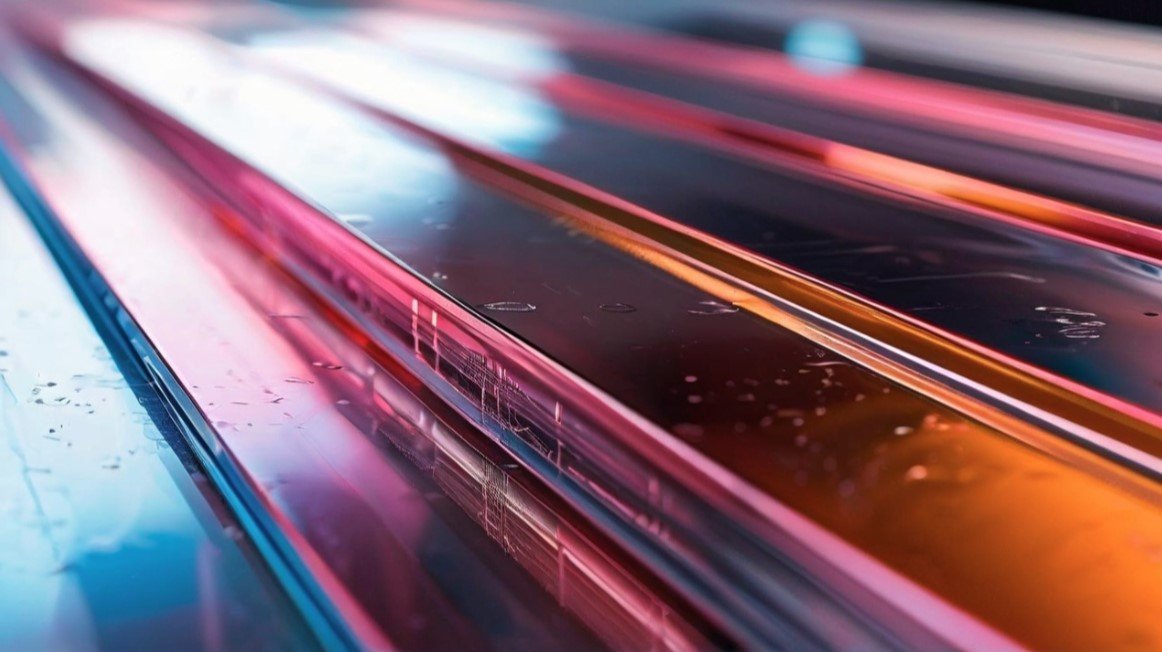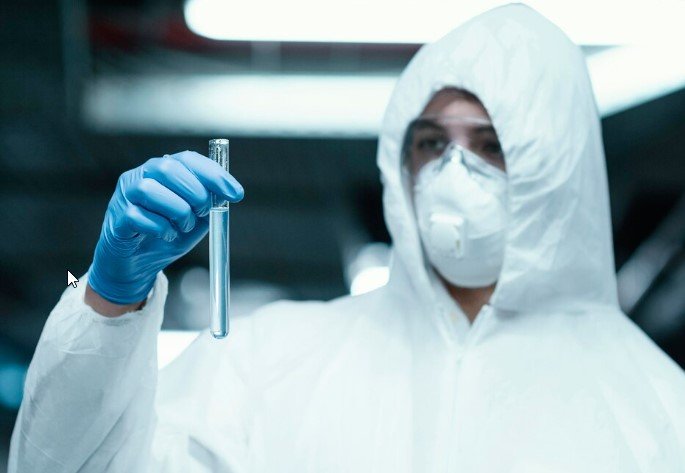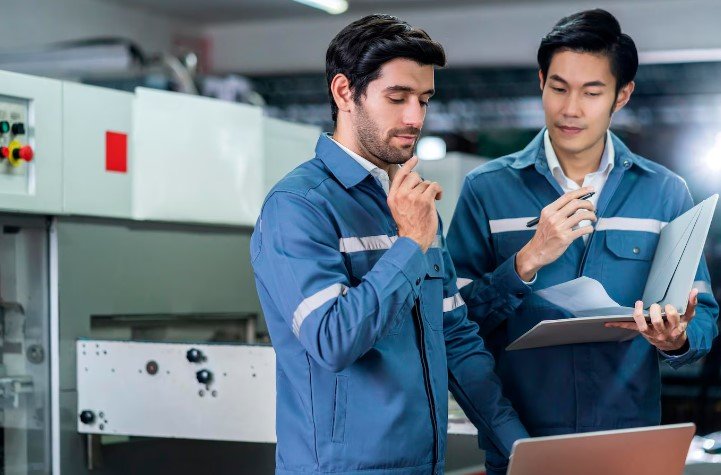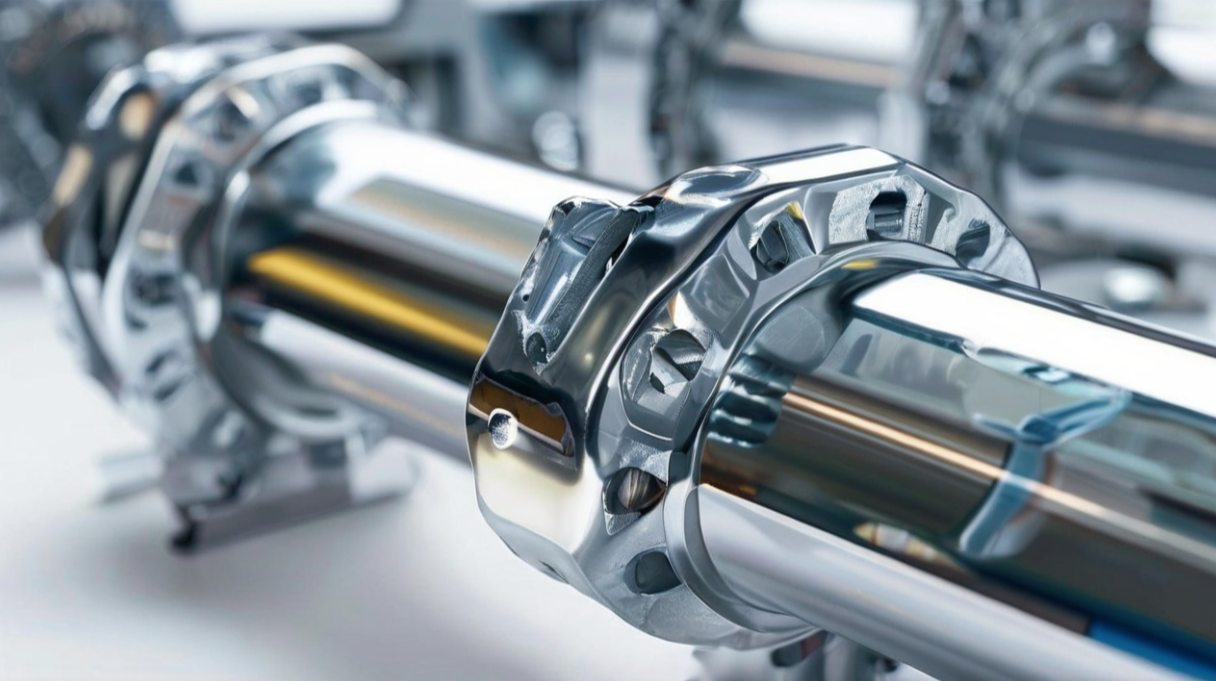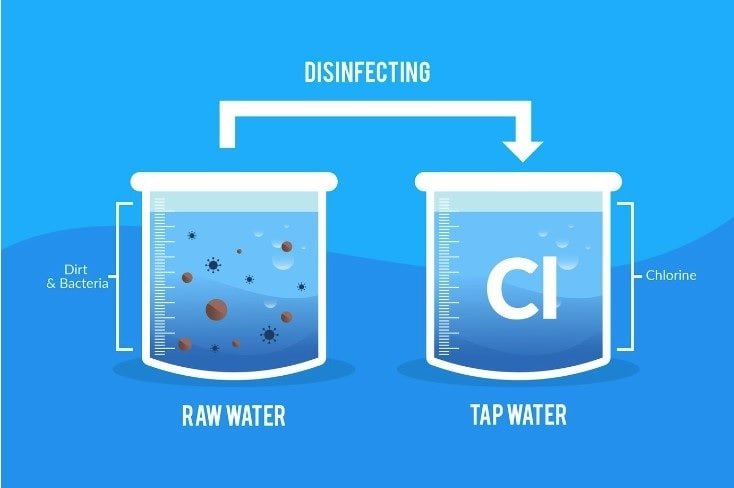How to Alter Electroplating Surface Profile
Is surface profile of the substrate pertinent for an effective adhesion of the electrodeposit? Does it only improve the aesthetics or also influence the functional properties? What are the options? Do treatment methods vary with substrates?
This short paper answers these questions and offers a synopsis of those processes. The processes are blasting, mechanical polishing, vibratory bowl movement, bright dip, chemical polishing, and electropolishing.
Blasting
Industry uses abrasive or sand and glass bead blasting methods to clean and change the surface profile of the substrates before plating. Silica, aluminum oxide, and glass beads are the often-used media at various grit sizes. Machines and manual booths (closed) are used to execute these methods. This is an age-old technique. It is a simple process, but leaves impregnated particles on the surface and, if not properly removed, might affect the next processes (cleaning and plating).
Polishing
On mechanical polishing and similar category falls polishing, buffing, lapping, and grinding. Unlike buffing, polishing removes the metal surface. Lapping and grinding change the surface significantly. Industry uses muslin, canvas, leather, etc. as polishing wheel materials. Muslin is most extensively used as a buffing wheel. These mechanical processes are used to improve the aesthetic appeal of the substrates. As further pre-cleaning is involved before polishing, the polished and buffed substrates reduce the load on plating line’s pretreatment processes.
Vibratory Bowl Movement
Deburring and improving Ra value of metals are the primary applications of the vibratory bowl movement method. We can use this method on several metals and substrates (before plating) like copper and beryllium alloys, stainless steel alloys, low and high carbon steel alloys, nickel and titanium alloys, and several others. Size and shape of the substrates, media, chemicals used during the bowl movement, speed of the movement and time control the resultant finish. Unlike mechanical polishing and blasting, the process doesn’t leave residues on the substrates.
Bright Dip
As the name implies, this process improves the brightness of the substrate. It improves the surface profile and helps aid oxide layer removal. This is an immersion process mostly using an acidic solution for 5 seconds to 5 minutes. Commonly used substrates are ferrous, copper, beryllium, aluminum, stainless steel, nickel, and Monel alloys. Zirconium, titanium and silver metals can also be bright dipped. These processes cost less, and the solution life is short.
Chemical Polishing
Chemical polishing process is like bright dip, but removes more substrate material. Many copper alloys and a few ferrous alloys can be chemically polished. Some chemicals are toxic and need good air ventilation for a friendly environment, health and safety practices.
Electropolishing
Electropolishing is an anodic process. Electrolysis selectively removes micro – peaks of the substrate metal. This process offers superior passivation and corrosion resistance properties on 300 and 400 series stainless steel alloys. The passivation properties got from electropolishing are better than nitric acid and citric acid passivation processes. Common metals electropolished are 300 and 400 series stainless alloys. Other alloys are Al, Cu, Monel, nickel, silver, zinc, tin, Co, Ti, and low and high carbon alloys.

Summary
These methods can alter the surface profile of the substrate metal before electroplating. Cost, chemical hazard, and awareness distinguish the choice and application of these methods. Each method has advantages and disadvantages.
Blasting is the easiest. Vibratory bowl movement and electropolishing methods offer the best aesthetics and functional properties after the deposition process.
We can enhance the deposit brightness, leveling characteristic, adhesion and surface profile Ra values using any of these processes.
Learn More

Posted By:Venkat Raja
May 01, 2021
Tags:
